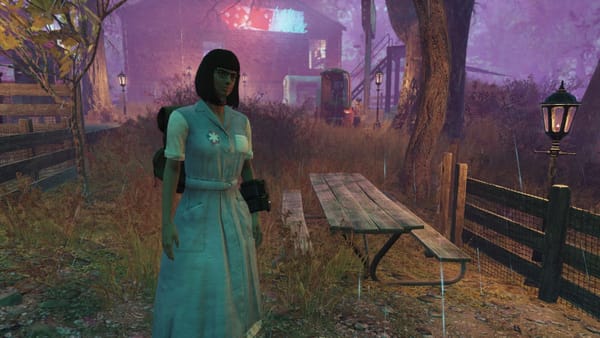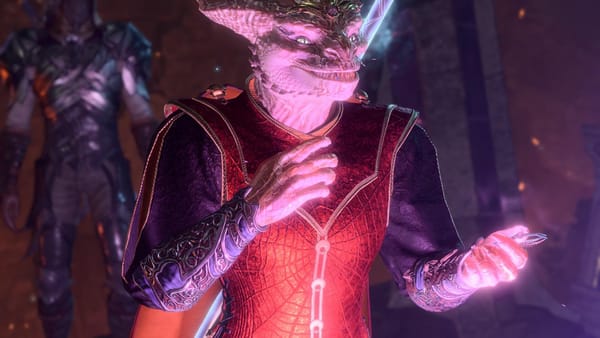Helldivers 2 Players Want More Dynamic Difficulty Starting With Enemy Spawners

In the realm of cooperative shooter games, Helldivers has carved out a niche for itself by offering an intense, challenging, and highly dynamic gameplay experience. With its blend of strategy, frenetic action, and the constant threat of overwhelming odds, it's a title that prioritizes teamwork and tactical planning. However, a growing segment of the Helldivers community has been voicing a desire for more dynamic difficulty approaches, especially concerning enemy spawners.
Helldivers, developed by Arrowhead Game Studios, thrusts players into the role of elite interstellar soldiers sent to protect Super Earth and combat its enemies across the galaxy. The game is renowned for its "controlled chaos" approach, where players must carefully balance their objectives with survival against relentless enemy forces. One of the core mechanics that define the Helldivers' difficulty is the system of enemy spawners, which generate waves of adversaries for players to combat.
While the current spawning system has been effective in maintaining a consistent level of challenge, many in the Helldivers community argue that it lacks the variability and depth required to keep the game's difficulty engaging over longer periods. A common criticism is that once players become accustomed to the spawn patterns and develop efficient strategies to counter them, the game loses a portion of its unpredictability and excitement.
The call for more dynamic difficulty in Helldivers centers on several key suggestions from the player base. The first is to introduce variability in enemy spawner locations and timings. Rather than having enemies emerge from fixed points at predictable intervals, players are asking for a system where spawners can appear randomly around the map, forcing squads to continually adapt their tactics and remain vigilant throughout a mission.
Another proposed improvement is diversifying the types of enemies spawned during missions. Currently, while Helldivers does feature a wide array of enemy units, players often find that certain spawn combinations become repetitive. Introducing more randomized elements — including rare or unique enemy variants that require specific strategies to defeat — could significantly enrich the gameplay experience.
Enhancing AI behavior is also a focal point of discussion. Advocates for more dynamic difficulty suggest that enemy units generated by spawners should exhibit more complex attack patterns and adaptive strategies based on player actions. For instance, if a squad frequently utilizes defensive strategies, enemies might spawn with equipment or abilities tailored to breach defenses, encouraging players to diversify their approach to combat.
Addressing these calls for dynamic difficulty would not only address player concerns but also propel Helldivers towards greater heights as a cooperative multiplayer experience. By ramping up the unpredictability and requiring players to perpetually evolve their tactics, the game could significantly extend its lifespan and replayability.
Implementing these changes requires careful balancing to ensure that Helldivers remains accessible to newcomers while offering the depth and challenge long-time fans crave. It's a tightrope walk between maintaining the game's core identity and embracing evolution, but Arrowhead Game Studios has demonstrated time and again their commitment to refining and improving Helldivers based on player feedback.
In conclusion, as Helldivers continues to stand out in the crowded space of cooperative shooters, listening to its community and evolving the game's difficulty dynamically could secure its position for years to come. By embracing changes that promote unpredictability and require players to think on their feet, Helldivers can continue to offer a thrilling, engaging combat experience that keeps players coming back for more. The game's future looks bright, with potential updates on the horizon poised to take this beloved title to new frontiers of challenge and excitement.



